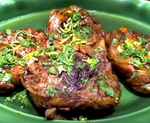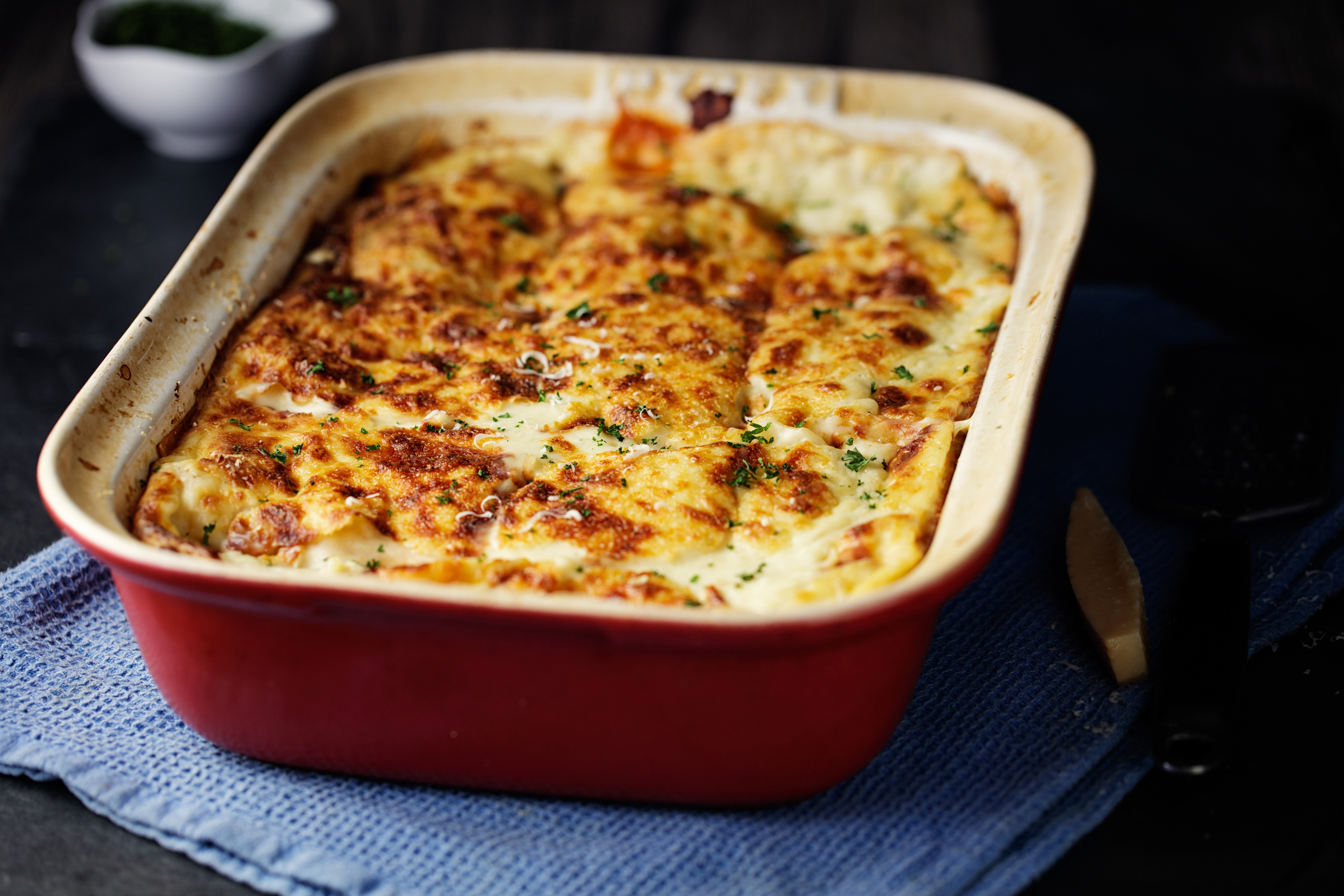Greatest Recipes Ever: Anna Del Conte’s ossobuco alla Milanese
Elisabeth Luard chooses Anna Del Conte’s ossobuco alla Milanese as one of her greatest recipes ever


‘Anna Del Conte, our most respected and best-loved authority on Italian food, is Milanese herself, which makes her luscious recipe for ossobuco just about as authentic as a classic dish can get'
Elisabeth Luard The authentic Milanese ossobuco
Extract from Anna Del Conte's
Secrets from an Italian Kitchen
Published in 1989 by Bantam Press
Serves 4 Two important characteristics distinguish a Milanese ossobuco from other versions of this dish. Firstly it is flavoured with lemon rind, which is incorporated in a sauce called gremolada, and secondly it is cooked in bianco, without tomato.
To some extent the one explains the other, since the flavour of the gremolada would be swamped by a tomato-based sauce. Another reason for excluding tomatoes is that ossobuco alla Milanese is eaten with risotto alla Milanese, and this delicate saffron-flavoured risotto could not survive alongside an ossobuco with a strong tomato flavour.
Sign up for the Country Life Newsletter
Exquisite houses, the beauty of Nature, and how to get the most from your life, straight to your inbox.
When you eat ossobuco, don't forget to scoop out the marrow inside the bone. Nowadays, alas, very few households have marrow spoons, but an effective substitute is the handle of a coffee spoon. All too often I see people leaving the marrow in the bone, which seems such a waste.
Ossobuchi should be cut from the middle of the shin where the bone is surrounded by meat. They should be about 3cm-4cm (1½ inches) thick. Remember to scrub the lemon hard before you grate it.
Ingredients
4 ossobuchi 30ml/2tbsp olive oil Flour for dusting Salt 40g/1½oz butter 1 small onion, finely chopped ½ celery stick, finely chopped 150 ml/5 fl oz dry white wine 300 ml/½ pint meat stock Pepper For the gremolada 5ml/1tsp grated lemon rind ½ garlic clove, peeled and very finely chopped 15ml/1tbsp chopped parsley, preferably flat-leafed Method
Tie the ossobuchi around and across as you would a parcel. Choose a heavy sauté pan, with a tight-fitting lid, large enough to hold the ossobuchi in a single layer. Heat the oil, and lightly coat the ossobuchi with some flour in which you have mixed a teaspoon of salt. Brown the ossobuchi on both sides and then remove to a side-dish.
Add 30g (1oz) of the butter to the sauté pan together with the onion and the celery. Sprinkle with a little salt, which will help the onion to release its moisture so that it gets soft without browning. When the vegetables are soft, return the meat, and the juice that will have come out, to the pan. Heat the wine and pour over the meat. Turn the heat up and reduce by half, while scraping the bottom of the pan with a spoon.
Heat the stock in the pan you used to heat the wine and pour about three-quarters over the ossobuchi. Turn the heat down very low and cover the pan. Cook for 1½-2 hours, until the meat has begun to come away from the bone. Carefully turn the ossobuchi every 20 minutes or so, taking care not to damage the marrow in the bones. If necessary, add more stock during the cooking. If, by the time the meat is cooked, the sauce is too thin, remove the meat from the pan and reduce the liquid by boiling briskly.
Transfer the ossobuchi to a heated serving dish and remove the string. Keep warm in a cool oven. Meanwhile, cut the remaining butter into 3 or 4 pieces and add gradually to the sauce. As soon as the butter is melted, draw off the heat, as the sauce should not boil. This addition of the butter will give the sauce a glossy shine and delicate taste.
Mix the ingredients for the gremolada together and stir into the sauce. Spoon the sauce over the ossobuchi and serve at once. You can prepare the dish in advance up to removing the string and then reheat.
The traditional accompaniment, as I have mentioned, is the risotto alla Milanese often known in Milan as risotto giallo yellow risotto.
Country Life is unlike any other magazine: the only glossy weekly on the newsstand and the only magazine that has been guest-edited by HRH The King not once, but twice. It is a celebration of modern rural life and all its diverse joys and pleasures — that was first published in Queen Victoria's Diamond Jubilee year. Our eclectic mixture of witty and informative content — from the most up-to-date property news and commentary and a coveted glimpse inside some of the UK's best houses and gardens, to gardening, the arts and interior design, written by experts in their field — still cannot be found in print or online, anywhere else.
-
 'Monolithic, multi-layered and quite, quite magnificent. This was love at first bite': Tom Parker Bowles on his lifelong love affair with lasagne
'Monolithic, multi-layered and quite, quite magnificent. This was love at first bite': Tom Parker Bowles on his lifelong love affair with lasagneAn upwardly mobile spaghetti Bolognese, lasagne al forno, with oozing béchamel and layered meaty magnificence, is a bona fide comfort classic, declares Tom Parker Bowles.
By Tom Parker Bowles
-
 Country houses, cream teas and Baywatch: Country Life Quiz of the Day, April 24, 2025
Country houses, cream teas and Baywatch: Country Life Quiz of the Day, April 24, 2025Thursday's Quiz of the Day asks exactly how popular Baywatch became.
By Toby Keel